Home>Interior Design>Budget Playroom Ideas: 10 Designs That Inspire Creativity
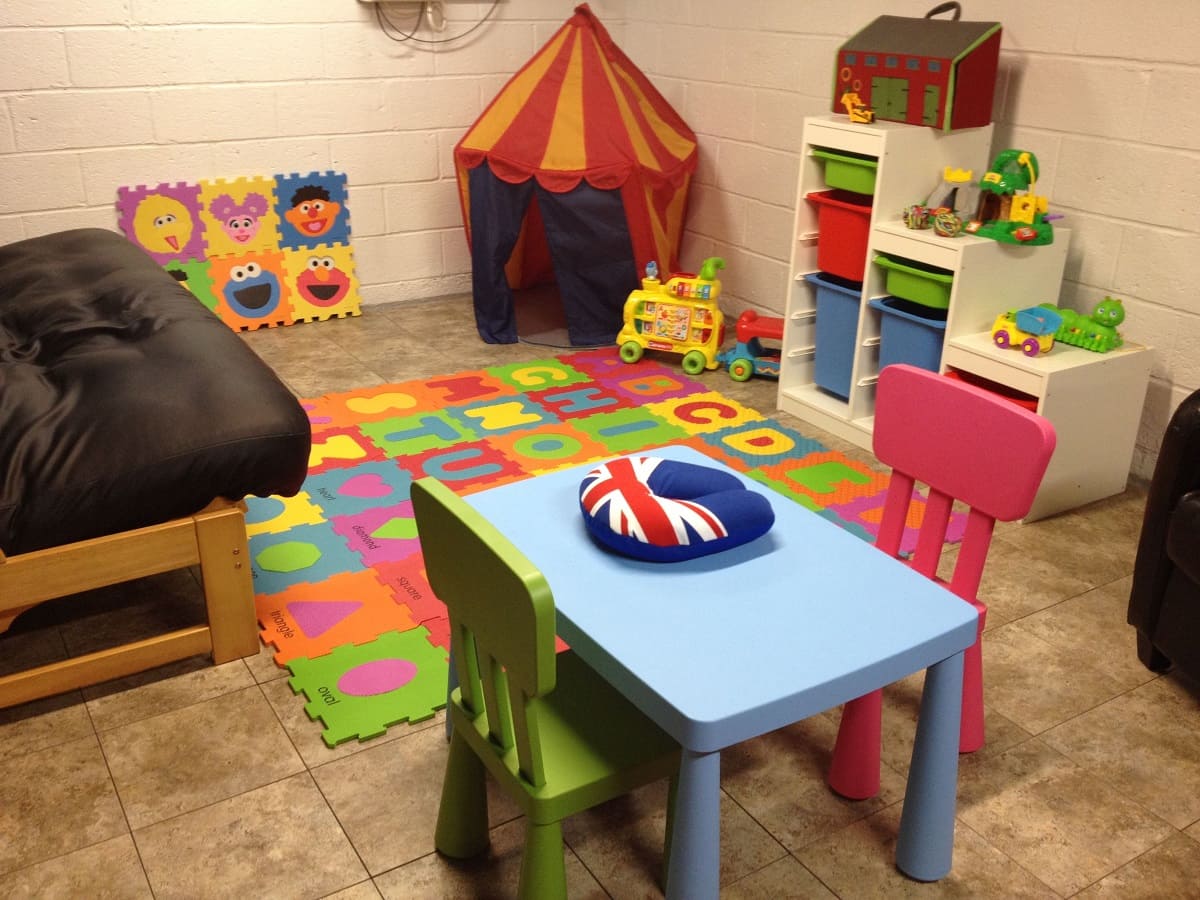

Interior Design
Budget Playroom Ideas: 10 Designs That Inspire Creativity
Modified: November 1, 2024
Discover budget-friendly interior design ideas for playrooms that ignite creativity. Get inspired by these 10 designs that make playtime unforgettable.
(Many of the links in this article redirect to a specific reviewed product. Your purchase of these products through affiliate links helps to generate commission for Storables.com, at no extra cost. Learn more)
Introduction
Welcome to the world of interior design, where creativity meets functionality! Designing a playroom for kids requires careful planning to create a space that not only inspires their imagination but also provides a safe and stimulating environment for play. However, the thought of designing a playroom can be daunting, especially when considering the budget constraints. But fear not, because in this article, we will explore 10 budget-friendly playroom ideas that will inspire creativity in your little ones without breaking the bank.
A well-designed playroom can serve as a sanctuary for kids, a place where they can explore, learn, and have fun. By incorporating various elements and themes into the space, you can create an engaging and stimulating environment that fosters their creativity and imagination. From sensory-focused areas to storage solutions, these budget-friendly ideas will transform your playroom into a magical space that your children will love.
So, whether you have a dedicated room or a small corner to work with, get ready to unlock your creative potential and discover the perfect playroom design that suits your budget.
Key Takeaways:
- Transform your playroom into a budget-friendly wonderland with sensory-focused areas, reading nooks, DIY art walls, and more. Spark your child’s imagination and creativity without breaking the bank.
- Create an organized and engaging playroom with storage solutions, indoor climbing walls, STEM areas, and craft corners. Foster learning, creativity, and fun while keeping the budget in check.
Sensory-Focused Space
A sensory-focused playroom is a fantastic way to engage children’s senses and promote their overall development. Consider creating a sensory corner where your little ones can explore different textures, smells, sounds, and colors.
Start by incorporating tactile elements such as soft rugs, fluffy cushions, and textured wall panels. These provide a sensory experience for children as they touch and feel different textures.
Next, introduce visual stimulation with bright and colorful artwork, posters, and wall decals. Use contrasting colors to capture their attention and create an inviting atmosphere. You can even add in interactive elements like a sensory board with buttons, switches, and textures.
Another exciting addition to a sensory-focused playroom is a sensory table. Fill it with various materials like sand, water, or rice, and provide small cups, scoops, and containers for children to explore and experiment with different textures. Not only does this activity boost their fine motor skills, but it also offers a sensory experience.
Furthermore, incorporating sensory-friendly lighting can enhance the playroom experience. Use soft, warm lights to create a cozy ambiance and avoid bright, fluorescent lights that may overstimulate children. You can also add string lights or sensory light projectors to create a magical and soothing atmosphere.
Lastly, don’t forget about music and sound. Install a small bluetooth speaker or music player in the playroom to play calming or interactive songs and sounds. Additionally, engaging children in sound-based activities like musical instruments or interactive storybooks can further stimulate their senses.
Remember, the key to a sensory-focused playroom is to create an environment that engages all the senses. Incorporate elements that encourage touch, sight, sound, and even smell to provide a well-rounded sensory experience for your little ones.
Reading Nook
A cozy and inviting reading nook is a wonderful addition to any playroom. It not only encourages a love for reading but also provides a quiet and comfortable space for children to relax and unwind.
Start by selecting a comfortable seating option such as a plush bean bag chair, a cushioned floor mat, or a small kid-sized sofa. Make sure to choose materials and fabrics that are easy to clean and durable enough to withstand regular use.
Next, create a visually appealing and engaging book display. Install wall-mounted bookshelves at a child-friendly height and display a variety of books that cater to different age groups and interests. You can also use colorful bins or baskets to organize and showcase the books.
To make the reading nook even more enticing, add cushions, plush toys, and blankets for a cozy and inviting atmosphere. Consider incorporating a canopy or a tent-like structure above the reading nook to create a private and magical space for your child to immerse themselves in books.
Furthermore, consider adding soft lighting to create a warm and calming ambiance. Use dimmable lamps or fairy lights to set the mood and make reading sessions more enjoyable.
To enhance the reading experience, consider incorporating interactive elements such as a felt board where children can create their own stories using felt characters and objects. This not only encourages creativity but also enhances storytelling and language skills.
Lastly, make sure to regularly update the book selection to keep children excited and engaged. Organize a rotating system or regularly visit the local library to introduce new books and stories to your child’s reading nook.
A reading nook provides a quiet and cozy space for children to explore the magic of books. By creating an inviting environment and incorporating interactive elements, you can nurture a love for reading in your child while also providing a tranquil space for them to relax and unwind.
DIY Art Wall
Spark your child’s creativity and showcase their artwork with a DIY art wall in the playroom. This budget-friendly idea allows your little ones to express their imagination while adding a personal touch to the space.
Start by selecting a dedicated wall or section in the playroom to serve as the art display area. Consider using a magnetic wall or a chalkboard wall paint to make it interactive and versatile.
Provide an assortment of art supplies such as washable markers, crayons, paint, colored pencils, and brushes. Make sure to choose child-safe materials and organize them in accessible storage containers or hanging pouches for easy access.
Encourage your child to create and display their artwork on the DIY art wall. They can draw, paint, or even cut and paste their creations. Celebrate their efforts by framing some of their favorite pieces or using colorful washi tape to showcase their artwork on the wall.
In addition to traditional art supplies, you can also incorporate unconventional materials like tissue paper, buttons, fabric scraps, and even natural elements like leaves and flowers for a unique and textured art experience.
Another fun idea is to create a collaborative art project. Hang a large canvas or poster board on the art wall and invite your child and their friends to contribute to the artwork during playdates or parties. This fosters creativity, teamwork, and a sense of pride in their collective creation.
Remember to regularly rotate and update the artwork to showcase new creations and keep the art wall fresh and exciting. You can even involve your child in this process, allowing them to curate and select their favorite pieces to display.
A DIY art wall not only encourages creativity and self-expression but also serves as a visual celebration of your child’s imagination. It adds a personal and dynamic element to the playroom while providing a space for your little artist to proudly display their artwork.
Lego Corner
Lego sets are a timeless favorite among children, providing endless hours of imaginative play. Creating a dedicated Lego corner in the playroom is a fantastic way to organize and showcase their Lego creations while fueling their creativity.
Start by designating a specific area in the playroom for the Lego corner. This can be a table, a rolling cart, or even a dedicated shelf. Ensure that it is easily accessible and provides plenty of space for building and storing Lego sets.
Organize the Lego pieces by color or size using storage bins or drawer systems. This not only makes it easier for children to find the pieces they need but also facilitates cleanup and organization after playtime.
Consider using baseplates on the play surface to provide a stable foundation for building and to prevent Lego pieces from sliding or falling off the table. You can even incorporate a Lego-themed rug or play mat to create a visually immersive experience.
To enhance the Lego play experience, include a display area for showcasing completed Lego creations. Install floating shelves or display cases on the wall to exhibit their favorite models or create a mini Lego museum. This encourages a sense of pride in their creations and provides motivation for further building.
Additionally, consider incorporating elements that inspire creativity within the Lego corner. This can include a whiteboard or chalkboard where children can sketch out their ideas before building, or a collection of Lego-themed books and magazines that provide building inspiration.
Encourage collaborative play by setting up a building challenge board. Write down fun prompts or themes for building and invite children to tackle the challenge together. This fosters teamwork, problem-solving skills, and creativity.
Lastly, incorporate comfortable seating in the Lego corner to ensure that children can spend hours building and playing without discomfort. Bean bags, floor cushions, or kid-sized chairs are all excellent options.
A dedicated Lego corner provides a space where children can explore their imagination, develop fine motor skills, and create incredible structures. By organizing and showcasing their Lego sets, you create a visually appealing and engaging play area that will keep them entertained for hours on end.
Read more: Creating A Cozy Bedroom Retreat On A Budget
Dress-Up Station
Ignite your child’s imagination and foster creative play with a dedicated dress-up station in the playroom. Dressing up allows children to role-play, express themselves, and engage in imaginative play.
Start by selecting a designated area in the playroom for the dress-up station. This can be a clothes rack, a wardrobe, or even a storage unit with hanging space. Ensure that it is easily accessible and provides plenty of room for costumes and accessories.
Organize the costumes and accessories in a way that is visually appealing and easy for children to find. Hang the costumes on hangers or display them on hooks for easy access. Use small storage bins, baskets, or drawers to organize accessories such as hats, scarves, shoes, and jewelry.
Include a full-length mirror in the dress-up station so that children can admire themselves and immerse themselves in their imaginative play worlds. This also encourages self-expression and boosts self-confidence.
Consider incorporating a small vanity or a table with a mirror where children can further enhance their dress-up experience. Include a set of child-sized brushes, combs, and even pretend cosmetics for added fun.
Encourage creativity and storytelling by including a few props or thematic elements in the dress-up station. This can include wands, crowns, superhero capes, or even themed backdrops to set the stage for their imaginative play.
Host dress-up shows or themed parties by setting up a small stage or performance area in the playroom. Hang a curtain as a backdrop and provide a small microphone or musical instruments to enhance their dramatic play. Encourage siblings or friends to join in on the fun and create a memorable experience.
To make cleanup easier, provide a designated storage space for the costumes and accessories. This can be a storage bin or a labeled drawer system, making it effortless for children to clean up after their dress-up adventures.
A dress-up station not only provides endless entertainment for children but also encourages creativity, social skills, and role-playing. By creating a space where they can let their imaginations run wild, you foster a love for storytelling and encourage self-expression in the playroom.
When designing a budget playroom, consider using multipurpose furniture such as storage ottomans or bookshelves that can also serve as seating. This will help maximize space and keep the room organized.
Mini Theater Area
Bring the magic of the big screen to your playroom with a mini theater area. Creating a space for movie nights and theatrical performances adds an element of excitement and entertainment to the playroom.
Start by designating a specific area in the playroom for the mini theater. This can be a corner with comfortable seating or a dedicated space with a small stage. Consider incorporating a small projector or a large TV screen to display movies or performances.
For seating, use large floor cushions, bean bags, or even a mini sofa to create a cozy and comfortable space for children to enjoy movies and performances. Make sure to provide enough seating for everyone who will be participating.
To enhance the theater experience, incorporate blackout curtains or blinds to create a dark and immersive environment. This ensures that the screen is visible and enhances the overall viewing experience.
Get creative with the stage area by using a colorful backdrop or curtains to set the scene. Add a small table or cart with props and costumes to encourage children to create their own performances, whether it be a puppet show, a dance routine, or a skit.
Include a small sound system or speaker to enhance the audio quality during movie nights or performances. This helps to create a more engaging and theatrical experience for the children.
To make it interactive, consider adding a popcorn machine or a concession stand to the mini theater area. This adds an element of fun and authenticity to the movie experience. Provide small baskets or trays for children to collect their popcorn or snacks.
Encourage creativity by hosting movie or talent nights where children can showcase their favorite films or perform their own acts. This not only brings excitement and entertainment but also fosters public speaking skills, teamwork, and self-expression.
Don’t forget to create a movie library or a collection of favorite performances that children can choose from. This allows them to explore different genres and provides a variety of viewing options.
A mini theater area in the playroom creates a special space for children to enjoy movies, performances, and imaginative play. It enhances their creativity, fosters their love for storytelling, and provides endless entertainment for the whole family to enjoy.
Indoor Climbing Wall
Add a touch of adventure and physical activity to your playroom with an indoor climbing wall. Installing a climbing wall provides a fun and challenging experience while promoting motor skill development and strength-building.
First and foremost, safety is paramount when it comes to an indoor climbing wall. It’s crucial to install the climbing wall on a sturdy and stable surface, such as a reinforced wall or an area with proper support beams. Make sure to follow all manufacturer instructions and safety guidelines during installation.
Depending on the available space and budget, you can either opt for a full-scale climbing wall or a smaller, portable climbing structure. Consider the age and abilities of your children when selecting the appropriate climbing options.
Provide safety mats or crash pads at the base of the climbing wall to cushion any falls and minimize the risk of injuries. These mats should be placed strategically to ensure a safe landing area.
Consider incorporating different levels of difficulty on the climbing wall, with a variety of grips and holds. This allows children with varying abilities to challenge themselves and progress at their own pace.
When introducing the climbing wall, make sure to provide proper supervision and guidance. Teach children how to climb safely, use the grips, and spot each other when necessary. Setting ground rules and emphasizing the importance of caution and respect for others is crucial.
To enhance the climbing experience and make it more engaging, consider adding interactive elements such as handholds shaped like animals, letters, or numbers. This not only adds a fun element but also allows for educational opportunities as children navigate the wall.
Encourage group play and friendly competition by setting up challenges or timed climbing activities. This fosters teamwork, problem-solving, and perseverance while adding excitement to the playroom.
Keep the climbing wall area clear of any obstacles or distractions. This ensures that children have ample space to move, climb, and explore without any hindrances.
An indoor climbing wall is not only a thrilling addition to the playroom but also provides numerous physical and developmental benefits. It promotes strength, coordination, problem-solving, and self-confidence while engaging children in a fun and adventurous activity.
STEM Area
Encourage curiosity, problem-solving, and critical thinking skills in your playroom with a dedicated STEM (Science, Technology, Engineering, and Mathematics) area. Creating a space for hands-on exploration and discovery helps children develop a love for STEM subjects from an early age.
Start by gathering a variety of STEM-based toys and materials. This can include building blocks, magnetic tiles, coding kits, puzzles, science experiment kits, and more. Select items that are age-appropriate and align with your child’s interests.
Organize the STEM materials in clear bins or labeled compartments to make it easy for children to find and access them. Ensure that all items are easily visible and accessible, allowing children to independently explore and experiment.
Create a dedicated work surface where children can engage in hands-on activities. This can be a table with a smooth surface or a designated space on the floor with a large play mat. Include chairs or stools that are the appropriate height for your child’s comfort.
Incorporate a magnifying glass, a microscope, or a telescope to foster exploration and encourage a deeper understanding of the natural world. These tools allow children to observe and investigate their surroundings with a scientific lens.
Add informational posters or educational charts related to STEM subjects in the playroom. This promotes learning and sparks curiosity in children. You can display posters about the solar system, the periodic table, or the anatomy of plants and animals, depending on their interests and age.
Encourage experimentation and problem-solving by setting up simple science experiments or engineering challenges. Provide materials and instructions for hands-on activities, allowing children to explore concepts such as gravity, magnetism, or simple machines.
Create opportunities for collaboration and teamwork by hosting STEM challenges that require children to work together to solve a problem or build a structure. This not only enhances their social skills but also fosters communication and critical thinking abilities.
Regularly update and rotate the STEM materials to keep the playroom fresh and exciting. This helps sustain interest and encourages children to continue exploring and learning in the STEM area.
A dedicated STEM area provides children with the tools and resources to explore and engage in hands-on learning. It cultivates a love for STEM subjects and prepares them for future academic and real-world challenges by developing skills such as problem-solving, critical thinking, and creativity.
Craft Corner
Unleash your child’s creativity and artistic abilities with a dedicated craft corner in the playroom. Creating a space for arts and crafts not only provides endless entertainment but also promotes fine motor skills, self-expression, and imaginative play.
Start by designating a specific area or table for the craft corner. Make sure it has enough workspace for your child to spread out their materials and work comfortably. Consider using a child-sized table and chairs to create a kid-friendly environment.
Gather a variety of craft supplies including colored papers, scissors, glue, markers, crayons, paint, brushes, and any other materials your child enjoys using for crafting. Organize these supplies in accessible storage containers or hanging pouches so that your child can easily find and use them during their craft sessions.
Encourage creativity by providing inspiration and ideas. Display a board or wall with pictures of completed crafts or art projects to spark your child’s imagination. Consider printing out coloring pages or providing coloring books that align with their interests and hobbies.
Incorporate different craft themes or stations within the craft corner to cater to various interests. This could include a section dedicated to collage-making, a section for painting, or a section for making paper crafts. Having distinct areas allows your child to choose their preferred craft and explore their creativity in different ways.
Consider incorporating a clean-up station within the craft corner to encourage good organization and tidiness. This can be as simple as having a designated area for used papers, a recycling bin, and a container for storing completed crafts.
Provide open-ended materials such as pipe cleaners, buttons, beads, and ribbons that your child can use to customize their crafts. This encourages experimentation and imaginative thinking, allowing them to create unique and personalized works of art.
Display your child’s completed crafts in the craft corner to create a sense of pride and accomplishment. This not only celebrates their creativity but also serves as inspiration for future craft projects.
Consider incorporating crafts that align with different holidays or seasons. This allows your child to create decorations or gifts for family and friends, fostering a sense of joy and celebration throughout the year.
A dedicated craft corner provides a space for your child to freely express their creativity and imagination. By providing a variety of craft materials, organizing the space, and encouraging exploration, you create an environment that nurtures artistic abilities and encourages lifelong love for the arts.
Storage Solutions
Creating an organized and clutter-free playroom is essential for an enjoyable and functional space. Incorporating effective storage solutions ensures that toys, supplies, and materials are readily accessible while maintaining a clean and tidy environment.
Start by assessing the storage needs of your playroom. Consider the different types of toys and materials your child has and how they can be grouped or organized. This will help determine the best storage solutions for your space.
Invest in storage bins, baskets, or bins with labels to categorize and store toys. Ensure that these containers are sturdy, easily accessible, and appropriate in size for your child to manage independently.
Utilize vertical storage options to maximize space in the playroom. Install wall-mounted shelves, cubbies, or hanging organizers to store books, small toys, and art supplies. This not only keeps items within reach but also adds visual appeal to the room.
Consider utilizing rolling carts or trolleys that can be easily moved around the playroom. These versatile storage options allow for easy cleanup and organization while providing mobility for playtime in different areas of the room.
Incorporate storage solutions that encourage your child’s involvement in tidying up. Use low shelving units or toy chests with removable bins to make it easier for them to participate in cleaning and organizing their play space.
Designate specific areas for different types of toys or activities within the playroom. This helps establish a sense of order and makes it easier for your child to find and return items to their proper place.
Incorporate open shelving or clear storage containers for displaying and organizing craft supplies. This allows your child to easily see what materials are available, promoting creativity and independence during art and craft sessions.
Utilize unused wall space by incorporating pegboards or hanging organizers for storing and displaying small items like costumes, hats, or art materials. This helps to keep them organized while adding a decorative element to the room.
Regularly declutter and rotate toys to keep the playroom fresh and engaging. Store unused toys in labeled bins or storage containers in a separate area, making it convenient to refresh the playroom by swapping toys periodically.
Taking the time to implement effective storage solutions in your playroom creates an organized and functional space. It fosters independence, encourages cleanliness, and ensures that toys and materials are easily accessible for your child’s enjoyment.
Conclusion
Designing a playroom that inspires creativity and meets your budgetary needs is an exciting endeavor. By implementing these 10 budget-friendly playroom ideas, you can transform your space into a magical and engaging environment for your children to explore and enjoy.
From sensory-focused areas to reading nooks, DIY art walls, Lego corners, dress-up stations, mini theater areas, indoor climbing walls, STEM areas, craft corners, and storage solutions, each idea brings its own unique element to the playroom experience.
Creating a sensory-focused space stimulates your child’s senses, while a reading nook provides a cozy and inviting environment for storytelling and imagination. DIY art walls foster creativity and self-expression, while Lego corners encourage building and problem-solving skills.
A dress-up station allows children to explore different roles and ignite their imaginations, while mini theater areas bring the magic of movies and performances into the playroom. Indoor climbing walls provide physical activity and adventurous play, while STEM areas promote curiosity, critical thinking, and hands-on learning.
Craft corners provide an outlet for artistic expression and creativity, while storage solutions keep the playroom organized and clutter-free. Each idea contributes to a well-rounded and engaging playroom experience.
Remember to customize these ideas to suit your child’s interests and preferences. Personalize the playroom with elements that reflect their unique personality. Regularly update and rotate toys, materials, and decorations to keep the playroom fresh and exciting.
Creating a well-designed playroom not only provides countless hours of entertainment but also supports your child’s cognitive, social, and emotional development. It becomes a space where they can explore, learn, and let their imaginations soar.
So, get ready to embark on this creative journey and design a playroom that will inspire and captivate your children. Let their creativity shine in a space that encourages exploration, learning, and pure joy.
Frequently Asked Questions about Budget Playroom Ideas: 10 Designs That Inspire Creativity
Was this page helpful?
At Storables.com, we guarantee accurate and reliable information. Our content, validated by Expert Board Contributors, is crafted following stringent Editorial Policies. We're committed to providing you with well-researched, expert-backed insights for all your informational needs.
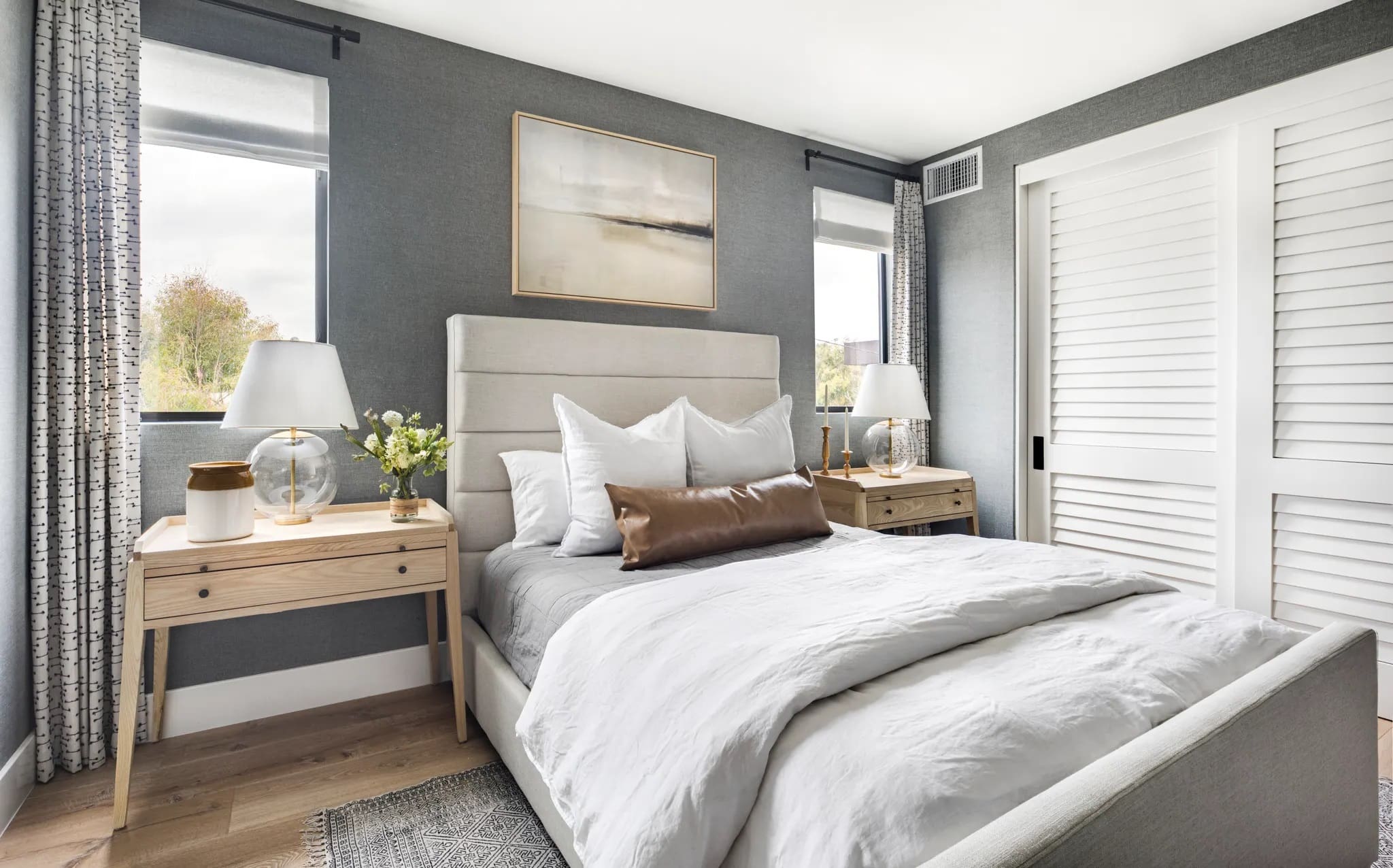
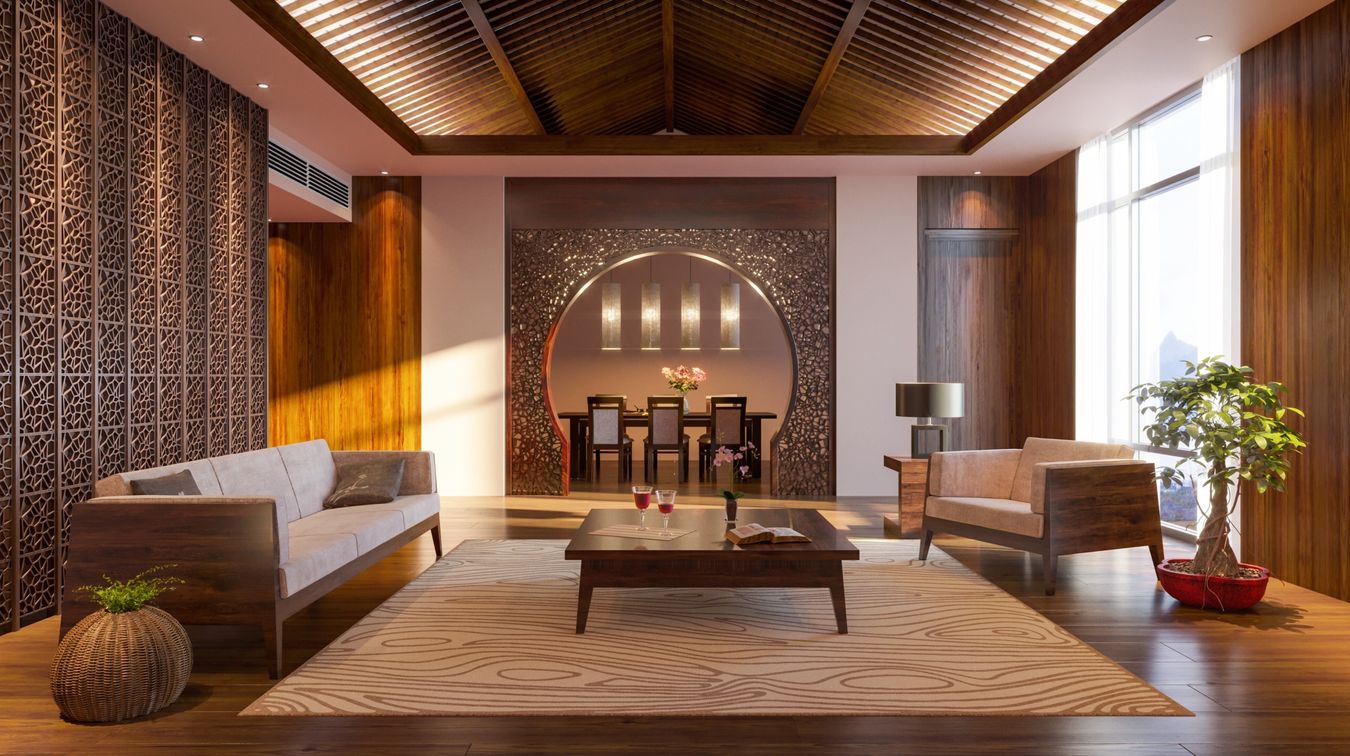
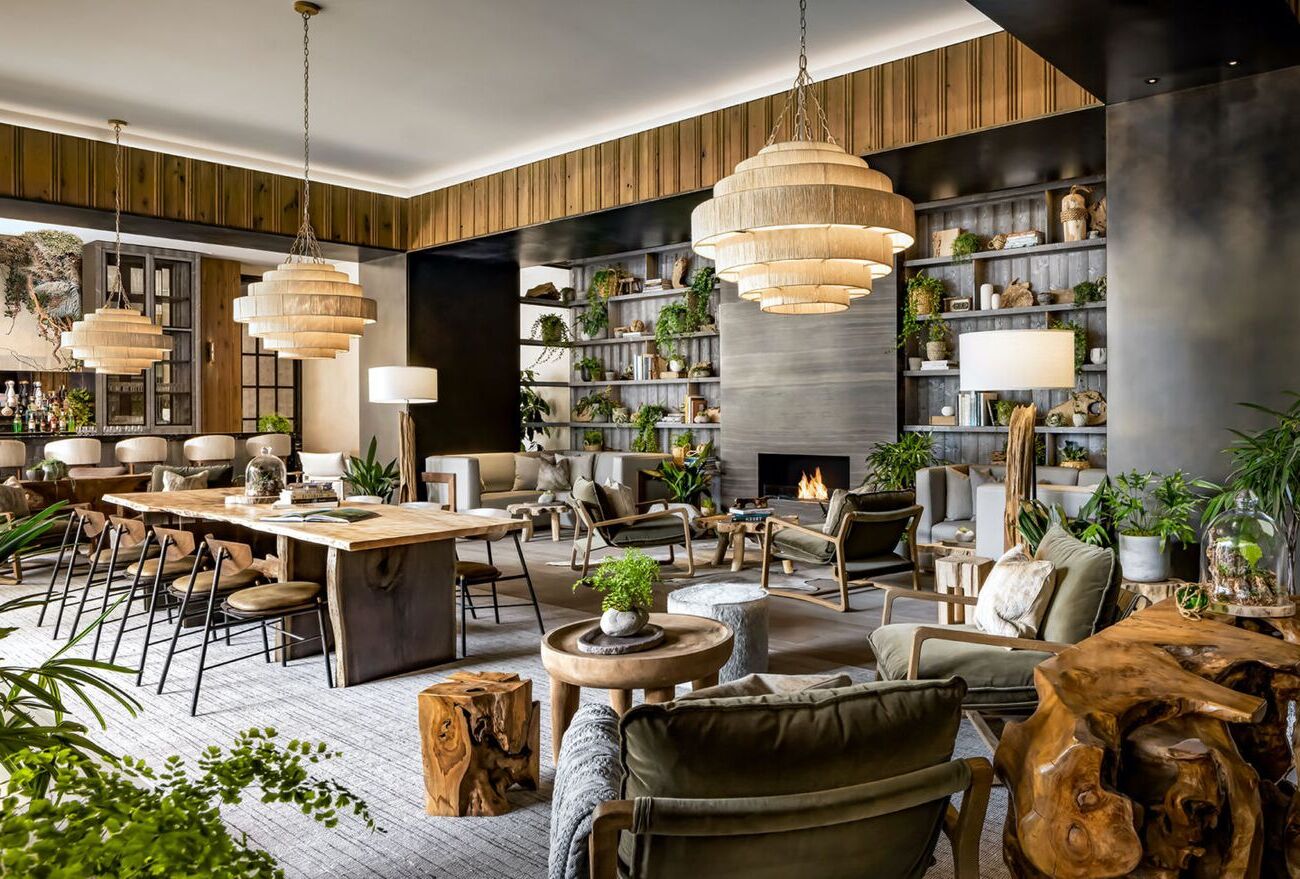
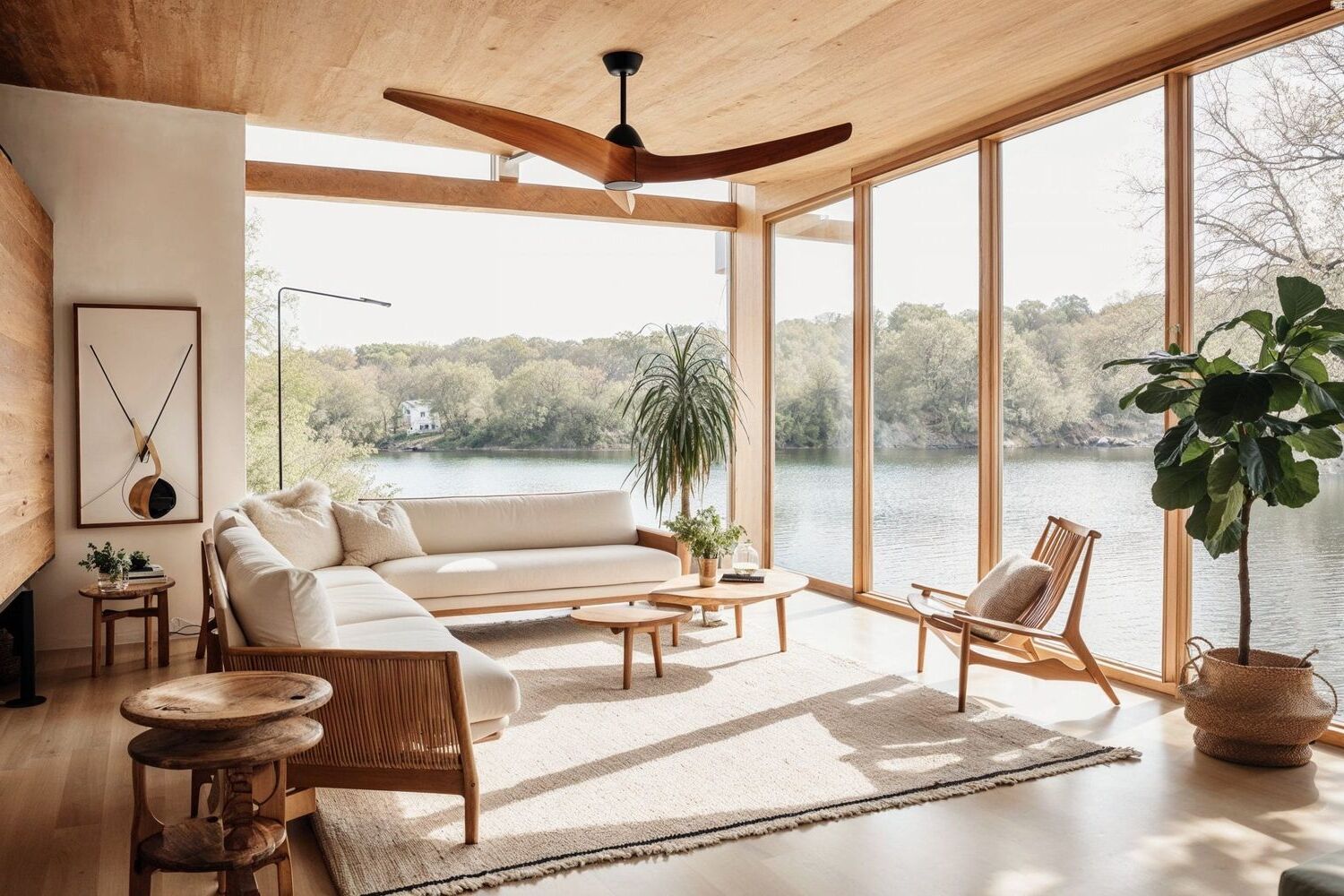
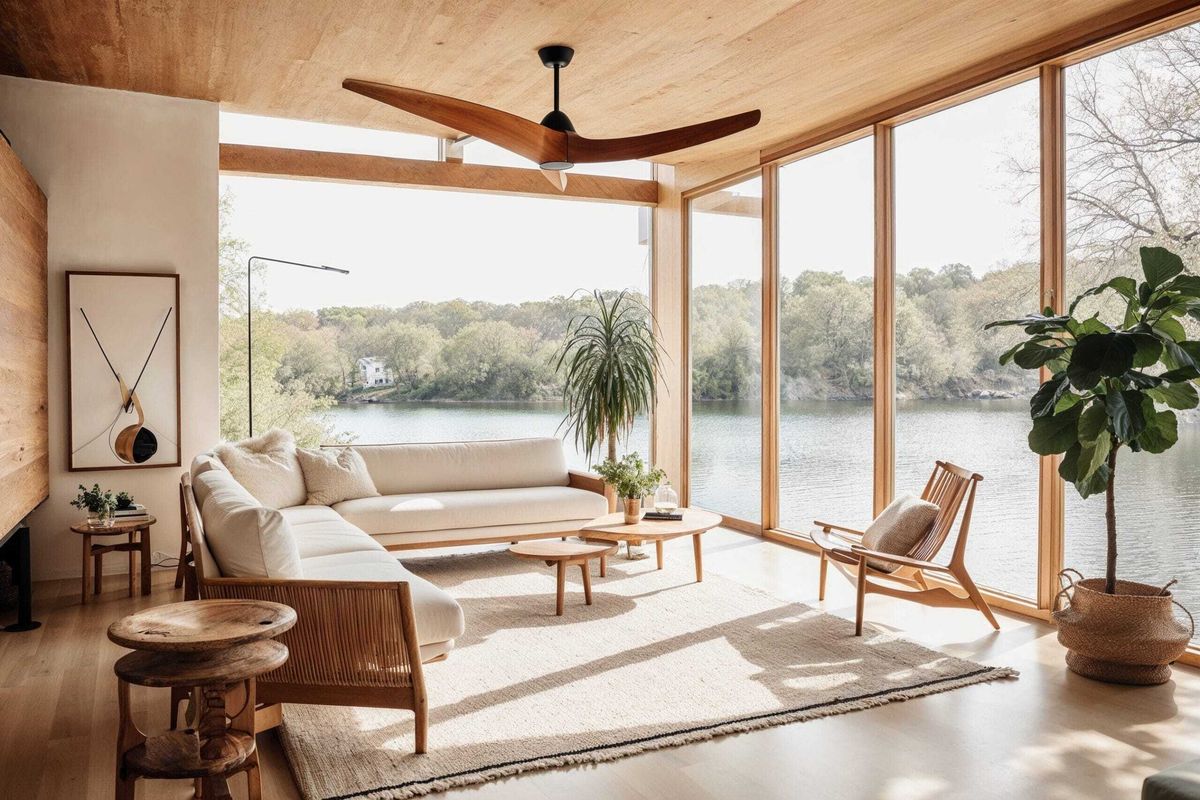
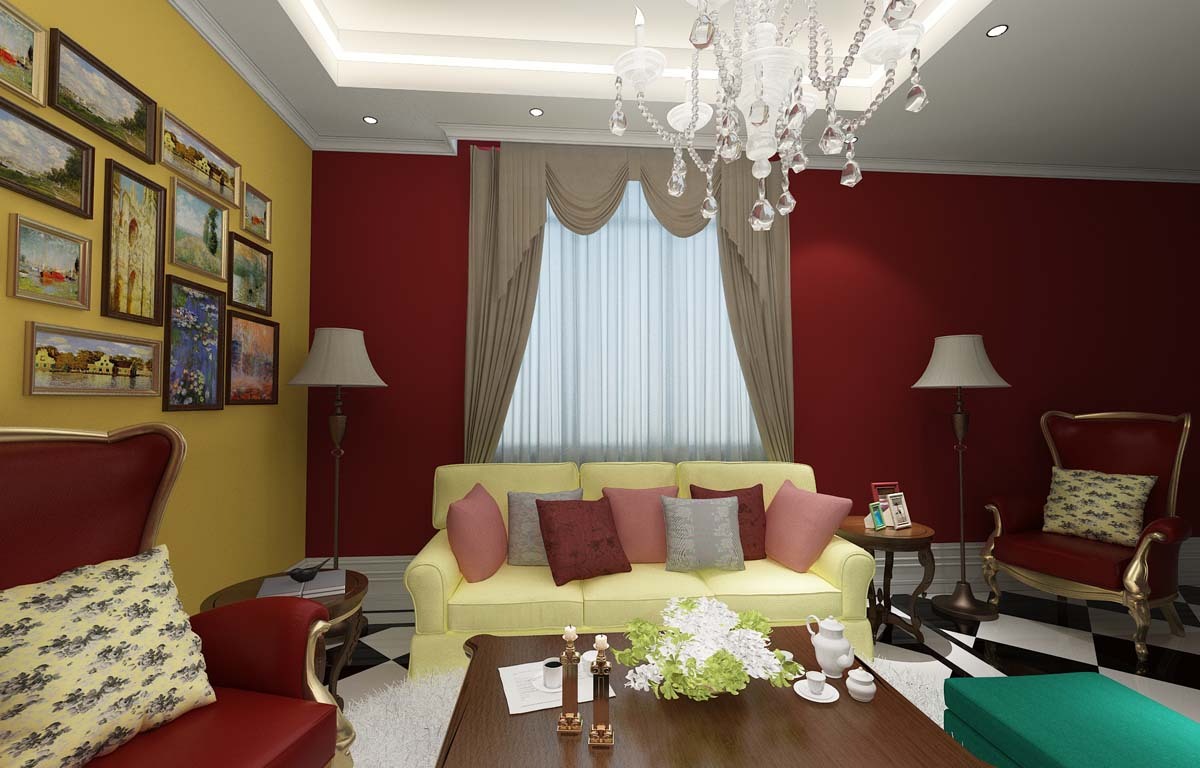
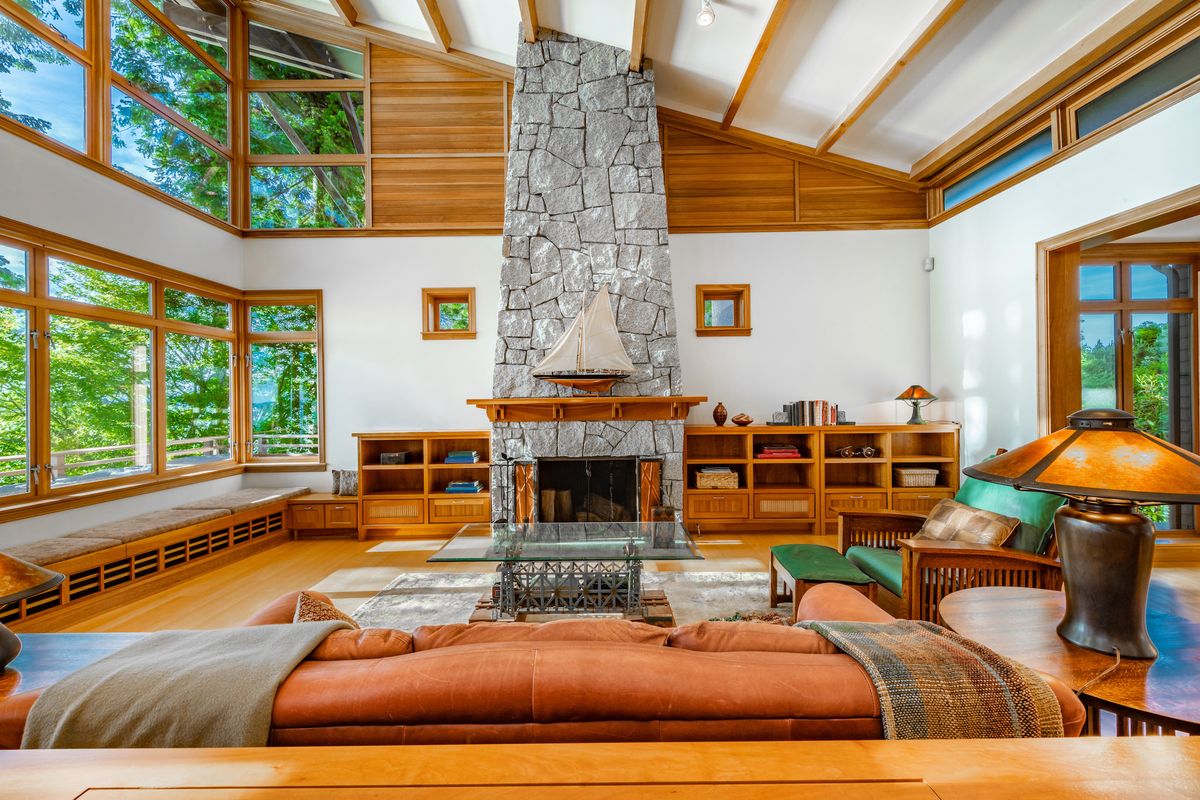
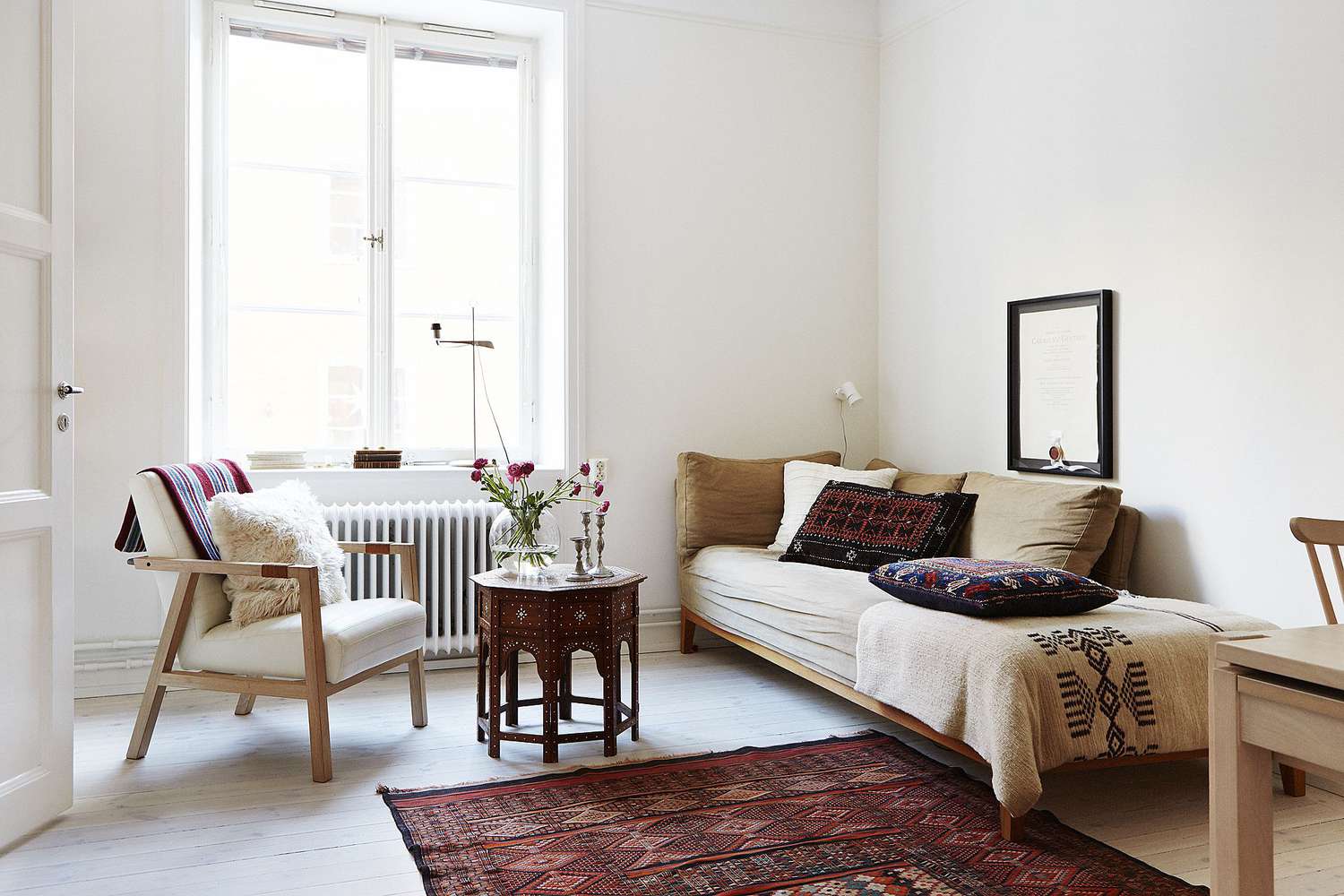
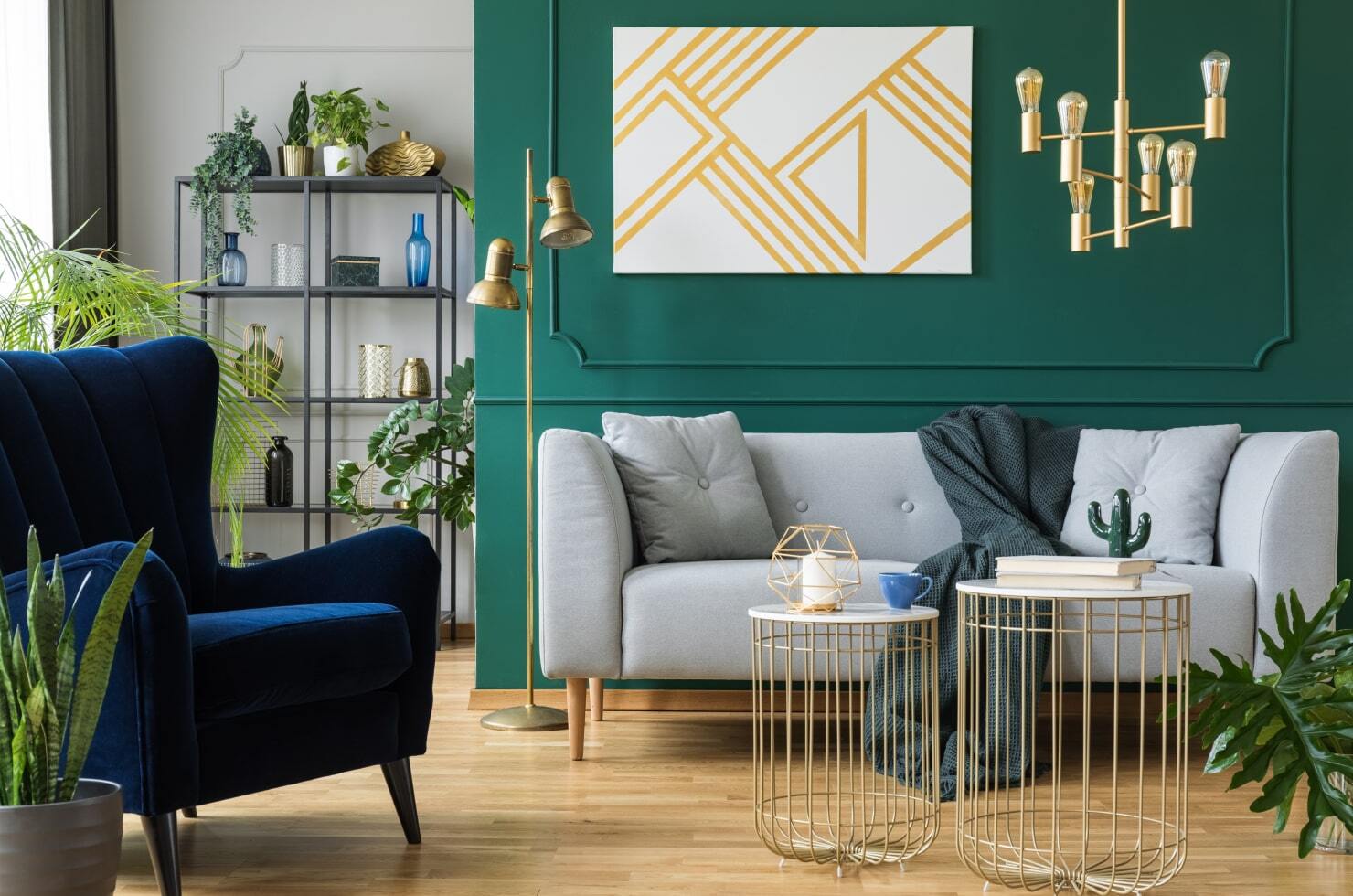
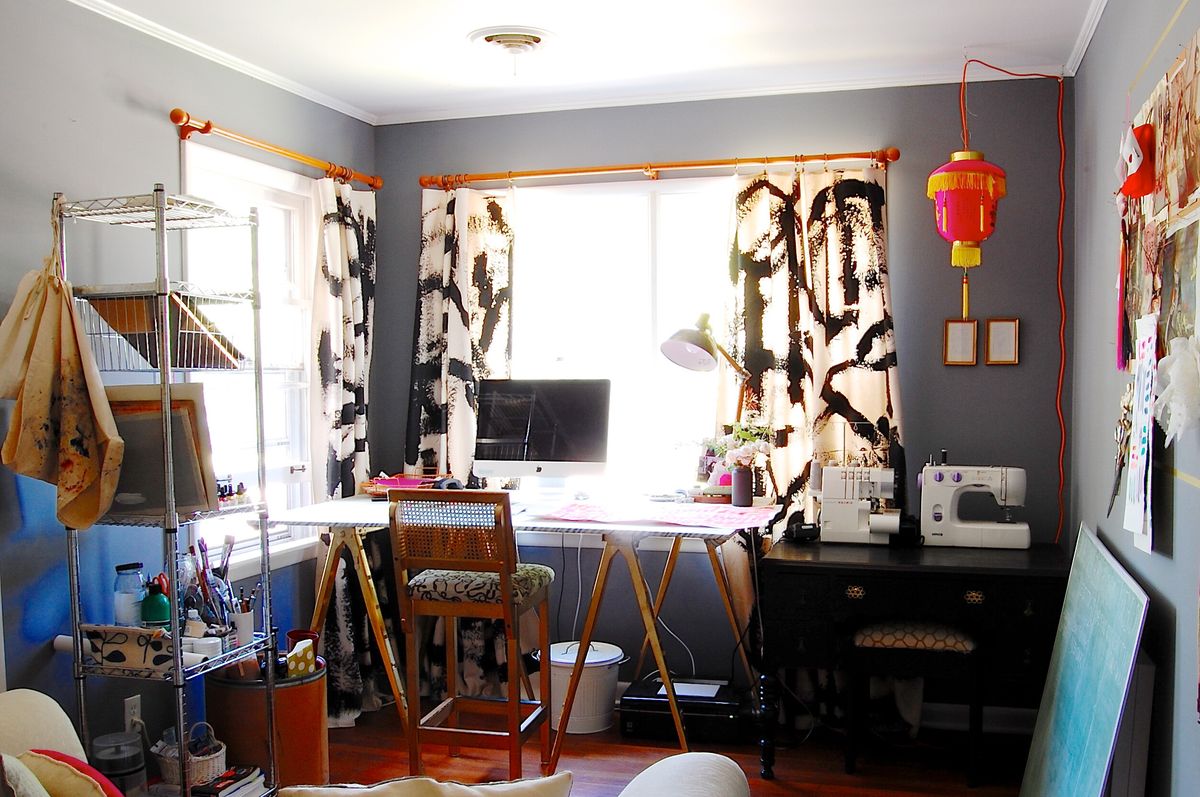
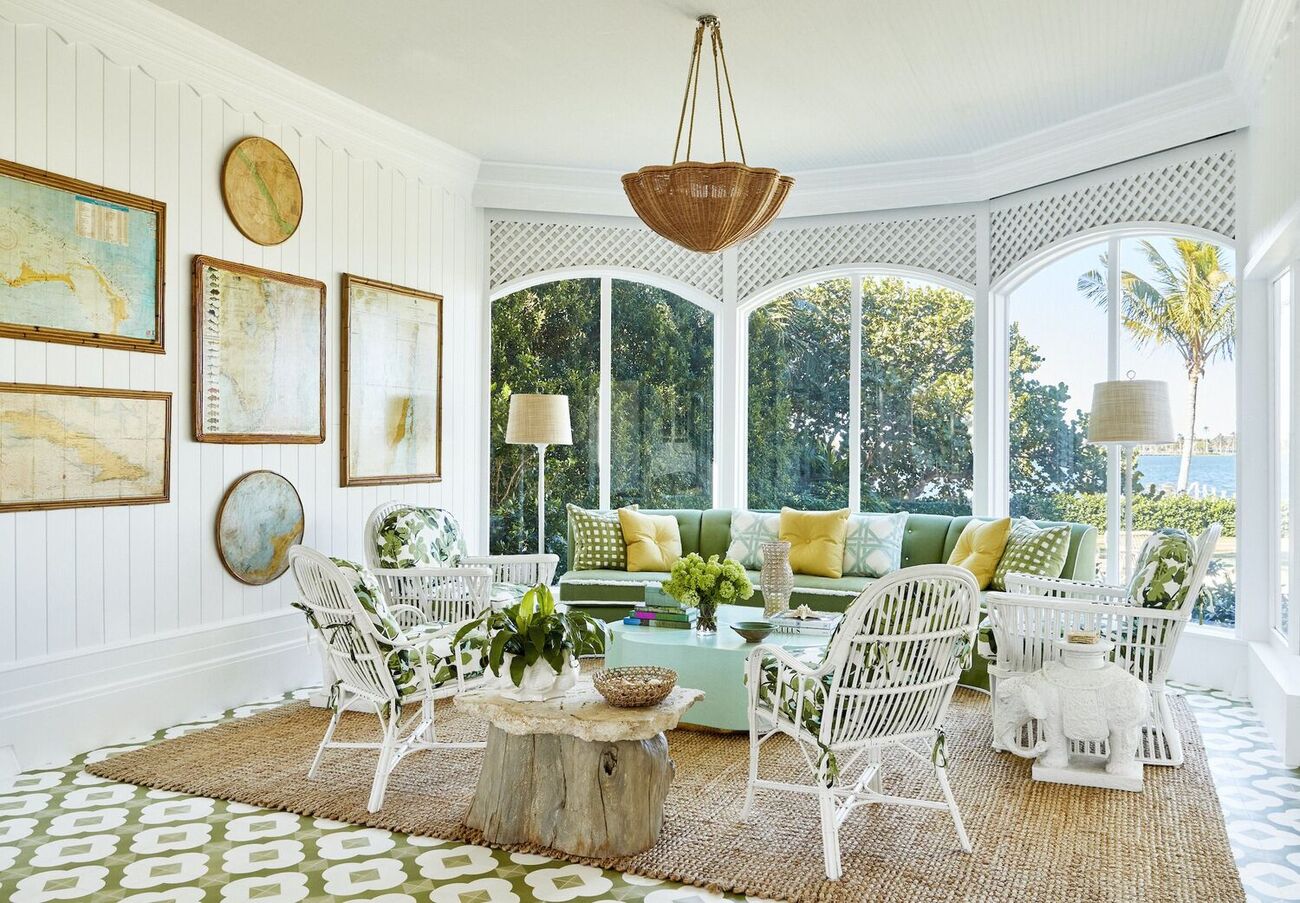
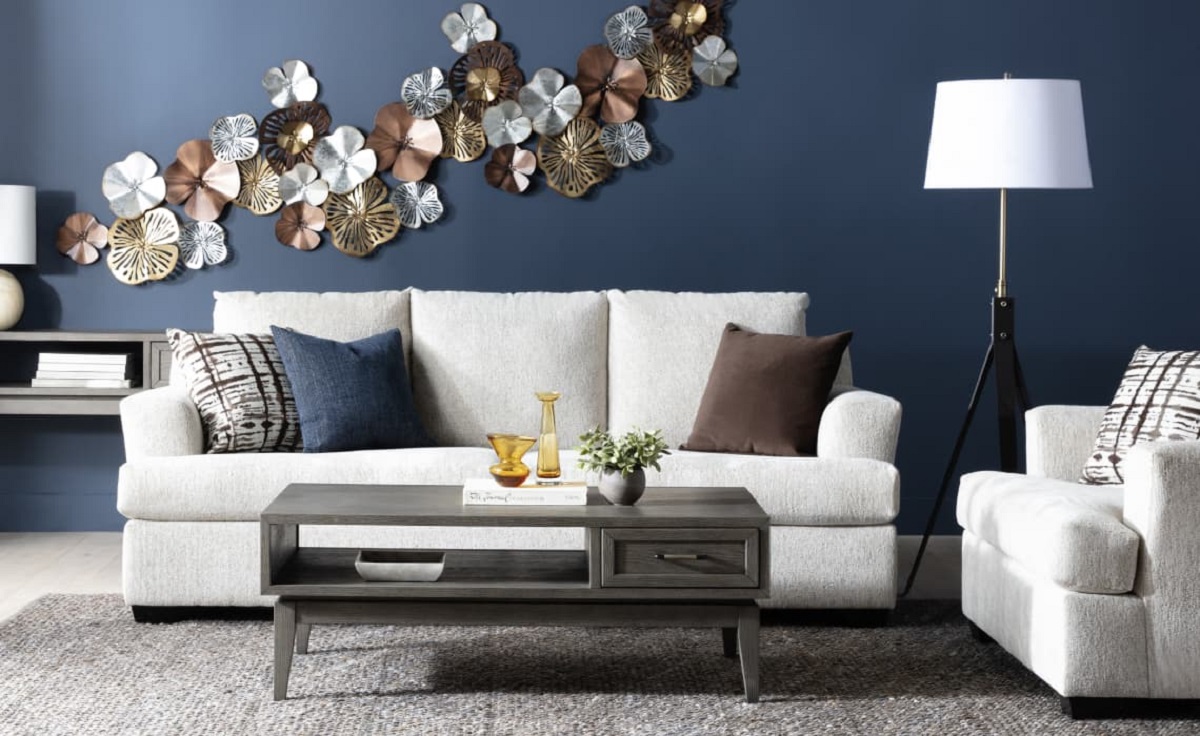


0 thoughts on “Budget Playroom Ideas: 10 Designs That Inspire Creativity”